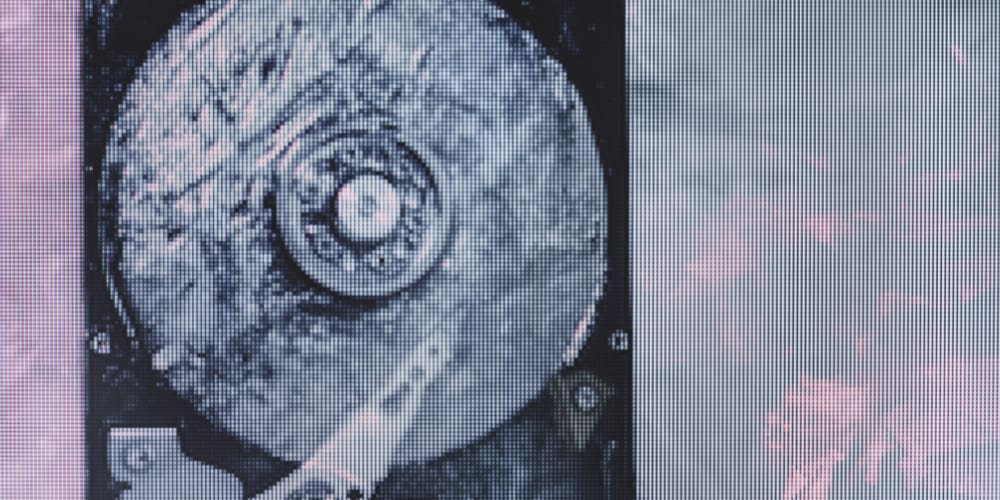In the expansive realm of digital data, where the immateriality of information often takes precedence, an intriguing phenomenon lurks beneath the surface—the concept of “bit rot.” Contrary to the ethereal nature of the digital landscape, bit rot suggests a form of spontaneous decay, a subtle but persistent unraveling of the bits and bytes that make up our virtual world. In exploring this digital counterpart to spontaneous combustion, we delve into the unseen flames that flicker within the intricate architecture of our data-driven existence.
The Binary Tapestry: Understanding Digital Decay
At the core of the digital universe lies the binary tapestry—a delicate arrangement of bits, the fundamental units of information. Bit rot, also known as data degradation or silent corruption, challenges the assumption that digital data is impervious to the passage of time. Unlike traditional forms of decay, bit rot is subtle and often goes unnoticed until the integrity of the data is compromised.
The Paradox of Permanence: Digital Data’s Vulnerability
In a world that cherishes the permanence and accessibility of digital information, the paradox of vulnerability becomes evident. Bit rot manifests as the gradual alteration of stored data due to various factors such as magnetic fields, radiation, temperature fluctuations, and even cosmic rays. While the changes are typically minuscule, their cumulative impact can lead to the deterioration of once-pristine digital files.
Quantum Uncertainties: The Quantum Superposition of Data States
As we peer into the quantum realm of digital decay, the concept of superposition emerges. In the quantum universe, particles can exist in multiple states simultaneously—a phenomenon that challenges classical notions of certainty. Similarly, digital bits may exist in a superposition of states, leading to the uncertainty of their integrity over time. This quantum dance introduces an element of unpredictability into the fate of digital data.
The Imperceptible Flames: Detecting the Undetectable
Unlike the dramatic spectacle of spontaneous combustion, the flames of bit rot are imperceptible. Detection becomes a challenge as the changes are often subtle and cumulative. Digital archivists and data custodians grapple with strategies to identify and mitigate the effects of bit rot, employing checksums, redundancy, and regular data integrity checks to safeguard the virtual archives.
The Temporal Canvas: Navigating the Ephemeral Nature of Data
Bit rot prompts a reconsideration of the temporal nature of digital data. Unlike physical artifacts that may endure for centuries, digital files are subject to the ephemerality imposed by the ever-changing landscape of technology. Acknowledging the impermanence of digital data invites contemplation on the transient nature of our contributions to the vast canvas of human knowledge.
Preserving the Digital Tapestry: A Call for Vigilance
In the face of bit rot, digital custodians and archivists play a crucial role in preserving the digital tapestry of human history. Vigilance, technological adaptability, and a commitment to ongoing maintenance become essential to counteract the unseen flames that threaten the integrity of our digital archives.
Conclusion: Flames Unseen, Yet Ever-Present
Bit rot, the digital counterpart to spontaneous combustion, unveils the fragility inherent in our seemingly indestructible digital realm. As we navigate the ever-expanding landscape of data, it serves as a reminder that even the most intangible aspects of our existence are subject to the inexorable forces of time. The imperceptible flames of bit rot flicker within the unseen corridors of our digital archives, urging us to embrace both the marvels and the vulnerabilities of the virtual world we’ve woven into the fabric of our collective consciousness.

